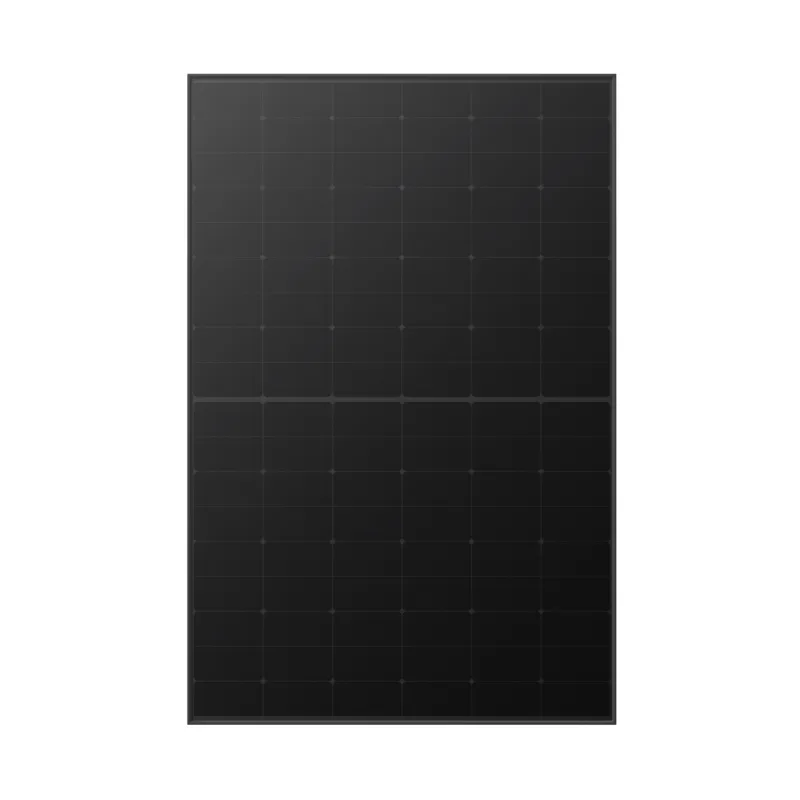semi flexible solar panel
The Advantages and Applications of Semi-Flexible Solar Panels
In today's world, where renewable energy is at the forefront of innovation, solar technology continues to evolve rapidly. One of the most exciting advancements in this field is the introduction of semi-flexible solar panels. These panels combine the efficiency of traditional solar cells with the versatility of lightweight materials, making them a practical option for a variety of applications. This article delves into the benefits of semi-flexible solar panels and their growing usage across different sectors.
What are Semi-Flexible Solar Panels?
Semi-flexible solar panels are lightweight photovoltaic devices that can bend slightly without damaging the cells inside. Typically made from materials such as monocrystalline or polycrystalline silicon, these panels maintain a certain degree of flexibility while still being robust enough to withstand environmental factors like wind, rain, and snow. Unlike traditional solar panels, which are rigid and require a solid mounting structure, semi-flexible panels can be installed on curved surfaces and irregular shapes, making them a versatile solution for diverse settings.
Key Advantages
1. Lightweight and Portable One of the most significant benefits of semi-flexible solar panels is their weight. These panels are considerably lighter than traditional solar panels, allowing for easy transport and installation. This portability makes them ideal for temporary installations, outdoor activities, and emergency power solutions.
2. Versatility in Installation The flexibility of these solar panels means they can adhere to a variety of surfaces, including tents, RVs, boats, and even vehicles. This adaptability allows for creative applications, such as integrating solar technology into building designs or using it for mobile energy solutions.
3. Efficient Energy Generation Despite their lightweight design, semi-flexible solar panels are capable of delivering efficient energy output. They generally have a decent conversion efficiency, which makes them suitable for various energy needs, whether for recreational use or off-grid living.
4. Durability and Longevity Semi-flexible solar panels are engineered to withstand the rigors of outdoor use. They are often designed to be UV-resistant, waterproof, and able to handle high and low temperatures. This durability extends the lifespan of the panels, making them a cost-effective option in the long run.
semi flexible solar panel

5. Easy to Install and Maintain The installation of semi-flexible solar panels does not require the specialized equipment or significant structural support needed for traditional panels. Users can often install them on their own with minimal tools and experience, further reducing the cost of setup.
Applications Across Industries
The versatility of semi-flexible solar panels opens up myriad applications across different sectors
- Recreational Use Many outdoor enthusiasts have adopted semi-flexible solar panels for camping trips, hiking, and other recreational activities. These panels allow users to charge devices and power small appliances while enjoying the great outdoors without relying on conventional power sources.
- Transportation RV owners, boaters, and truck drivers are increasingly using semi-flexible solar panels to power electronic devices, lights, and appliances while on the move. Their lightweight nature makes them ideal for vehicles where weight is a concern.
- Building and Architecture Architects and builders are beginning to integrate semi-flexible solar panels into their designs, using them to create energy-efficient buildings. Their ability to conform to unique shapes allows for innovative design solutions that can significantly reduce energy consumption.
- Emergency and Off-Grid Solutions Semi-flexible solar panels provide reliable energy sources in emergency situations or remote locations where grid power is unavailable. They can be critical in disaster relief efforts, offering immediate power solutions when traditional infrastructure is compromised.
Conclusion
As the world increasingly turns toward sustainable energy solutions, semi-flexible solar panels represent a significant advancement in solar technology. Their lightweight, portable, and versatile nature makes them an attractive choice for various applications, from recreational use to innovative building designs. With ongoing advancements in materials and solar technology, it is likely that semi-flexible solar panels will continue to grow in popularity, paving the way for a greener, more energy-efficient future. Their ability to adapt to various circumstances makes them not just a tool for renewable energy but a catalyst for change in how we view and utilize solar power on a daily basis.
-
String Solar Inverter: The High-Efficiency Solution for Smart Solar EnergyNewsJul.14,2025
-
Revolutionizing Rooftop Energy with the Power of the Micro Solar InverterNewsJul.14,2025
-
Power Independence with Smart Off Grid Solar Inverter SolutionsNewsJul.14,2025
-
On Grid Solar Inverter: Powering the Future with Smart Grid IntegrationNewsJul.14,2025
-
Monocrystalline Solar Panels: High-Efficiency Power for the Future of Clean EnergyNewsJul.14,2025
-
Bifacial Solar Panel: A Smarter Investment for Next-Generation Energy SystemsNewsJul.14,2025







